How Your Strengths Shape the Way You Communicate
Welcome to the Leadership Vision Podcast, our show helping you build a positive team culture. Our consulting firm has been doing this work for the past 25 years, ensuring that leaders are mentally engaged and emotionally healthy.
Communication is one of the most universal human skills—and one of the most misunderstood. In this episode of The Leadership Vision Podcast, hosts Nathan Freeburg, Dr. Linda Schubring, and Brian Schubring explore how our unique Strengths influence the way we express ourselves, listen to others, and interpret messages. Drawing from decades of consulting experience and insights from their book Unfolded: Lessons in Transformation from an Origami Crane, Linda and Brian show how understanding your Strengths can transform the way you connect with others.
Communication as an Expression of Identity
Early in the conversation, Brian shares a statement that often stops clients in their tracks:
“Communication is an experience and an expression of our inner identity.”
This perspective reframes communication from being just about words to being an extension of who we are. When we understand this, we can use the language of Strengths—those innate talents and patterns of behavior—to better harness our communication style for stronger relationships.
The Four Shaping Influences
Linda and Brian invite clients to reflect on four key influences that have shaped their communication patterns:
- Family – What messages and styles did you learn from your family of origin?
- Culture – Ethnic, religious, or community culture can profoundly influence tone, formality, and expectations.
- Environment – Was your communication shaped in a small town, a bustling city, or a competitive corporate setting?
- Time in History – The era you grew up in—pre- or post-technology, during specific social movements—shapes not just what you communicate, but how.
By examining these influences, you begin to see why certain approaches come naturally—and where misunderstandings may arise.
The Pandemic Effect
The last few years have forced a massive shift in how we connect. Linda notes that many people now say, “I used to communicate this way, but now I’ve had to adapt.” Social media, remote work, and cultural polarization have all left their mark. This disruption means old habits may no longer “land” the way they used to, creating confusion or even disillusionment.
Strengths as a Communication Lens
The CliftonStrengths framework offers a vocabulary for understanding communication preferences. For example:
- A leader with Deliberative may be seen as quiet—but when they speak, their words can change the direction of the entire group.
- Someone with Woo and Arranger might excel at weaving people together in conversation, but get derailed by a single negative comment.
- A communicator with Responsibility may carry the weight of their role so heavily that others feel the pressure, affecting how their message is received.
In each case, awareness allows for intentional adjustment—leveraging Strengths for clarity while avoiding common pitfalls.
Beyond Words: The Power of Nonverbal Communication
Words matter—but research shows they make up only about 7% of what people perceive in communication. The rest comes from tone of voice (up to 40%) and body language (up to 55%). Emotional energy and presence play a huge role in how messages are received.
“All of those factors—nonverbals, emotional energy, body language—are interpreted through our own perception, lived experience, bias, and beliefs.” – Brian Schubring
Recognizing this complexity is key to improving both expression and listening.
Practical Strategies for Stronger Communication
Linda and Brian share practical coaching takeaways you can try immediately:
- Start with Purpose – At the beginning of any meeting, ask: “What’s the purpose of this conversation?” Clarity aligns everyone before you dive in.
- Ask Before You Answer – Pose a question and wait. Resist the urge to fill the silence.
- Use Strengths to Listen – Instead of defaulting to your speaking strengths, choose one Strength to help you listen better in your next interaction.
- Adapt Intentionally – Sometimes holding the line matters; other times, flexibility will get you further.
Communication for Wholeness
The goal isn’t to communicate perfectly—it’s to keep improving. By understanding your shaping influences and Strengths, you can adapt to different environments and foster communication that brings healing, wholeness, and progress to teams, families, and organizations.
As Linda puts it:
“Harness your capacity of what you already have inside you to do something better for the greater whole.”
Listen & Reflect
This episode is full of real-world client stories and actionable ideas to help you refine your communication style.
As you listen, consider: What’s one influence from your past that still shapes your communication today? How could you use your Strengths to enhance it for tomorrow?
About The Leadership Vision Podcast
The Leadership Vision Podcast is a weekly show sharing our expertise in the discovery, practice, and implementation of a strengths-based approach to people, teams, and culture. We believe that knowing your Strengths is only the beginning. Our highest potential exists in the ongoing exploration of our talents.
Please contact us if you have ANY questions about anything you heard in this episode or if you’d like to talk to us about helping your team understand the power of Strengths.
If you’d like to be featured on the Leadership Vision Podcast, let us know how you are using Strengths and what impact it has made. Contact us here!





